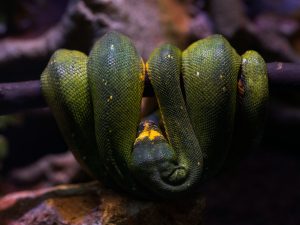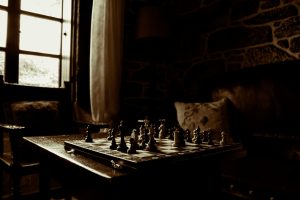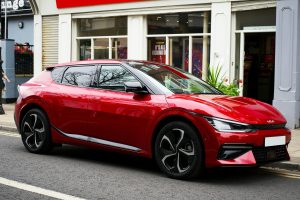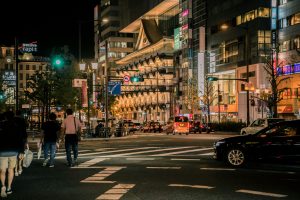AI Copyright Lawsuits: Who Owns Art Made by Machines?
The world of art is constantly evolving, and with the rise of artificial intelligence (AI), this evolution is taking on a whole new dimension. AI has given us the ability to create art that was once unimaginable, but with this creation comes the question of ownership. Who owns the art made by machines? This question has given rise to numerous AI copyright lawsuits, raising concerns about the future of creativity and intellectual property rights. In this article, we will delve into the world of AI copyright and examine the complexities of determining ownership of art created by machines.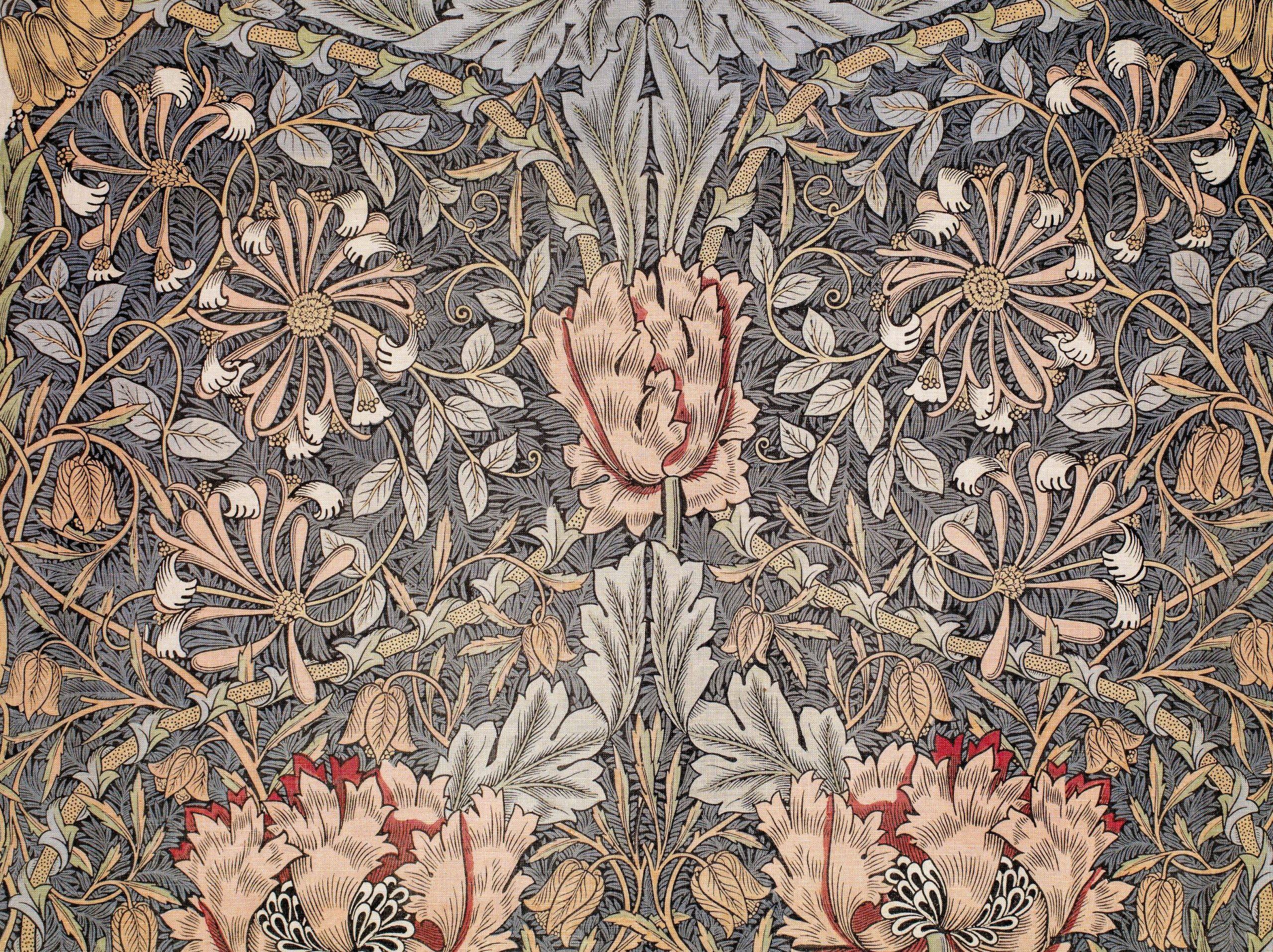
The Emergence of AI in Art
Art has always been a way for humans to express themselves and showcase their creativity. Over the years, we have seen the use of various mediums, such as paint, clay, and even digital tools, to create art. However, with the advancement of technology, we now have the ability to create art using machines powered by AI.
AI is a field of study that focuses on creating intelligent machines that can think and learn like humans. With AI, we can now generate paintings, music, and even entire novels. These machines have the ability to analyze existing data and generate new, original works of art.
This has revolutionized the art world, as we are now able to create art that surpasses human limitations in terms of creativity and speed. However, it has also brought about a new set of challenges, particularly in terms of ownership and copyright.
AI Copyright Lawsuits
The ownership of art has always been a straightforward matter – the person who creates it owns it. However, with AI, this ownership becomes blurred. In cases where AI creates art, who owns the rights to that art?
This question has given rise to several AI copyright lawsuits, with creators, artists, and organizations all vying for ownership of AI-generated art. One of the most high-profile cases involved the iconic “monkey selfie,” where a macaque monkey snapped a selfie using a photographer’s camera. The photographer then claimed copyright ownership, but animal rights organization PETA argued that the monkey should be the rightful owner of the photo.
In another case, artist Mario Klingemann created a piece of artwork that generated new, original digital portraits based on a dataset of 100,000 portraits. He sold one of these portraits at a Christie’s auction for $432,500. However, the buyer then filed a lawsuit, claiming that they owned the copyright to the portraits generated by the AI, not Klingemann.
These cases highlight the complexities of determining ownership of AI-generated art, and as technology continues to evolve, more AI copyright lawsuits are expected to arise.
Challenges in Determining Ownership
The main challenge in determining ownership of AI-generated art is the question of who is the “creator” of the artwork. Is it the person who created the AI algorithm? Is it the person who trained the algorithm with specific data? Or is it the AI itself?
There is also the issue of creativity and originality. With AI, we can generate art by inputting specific data and parameters. But does this mean that the algorithm is the creator of the art, or is it the person who designed and programmed the algorithm? This blurred line between human and machine creativity makes it difficult to determine ownership.
Another challenge is the lack of existing laws and regulations specifically addressing AI-generated art. The laws and regulations that are in place were created for human-generated art and do not account for AI-generated art. This has created a legal grey area that makes it challenging to determine ownership and protect intellectual property rights.
The Way Forward
As we continue to explore the potential of AI in art, it is essential to find a way to address the challenges of determining ownership. One solution could be to develop new laws and regulations that specifically address AI-generated art. These laws should consider the roles of both humans and machines in creating art and provide clear guidelines for determining ownership and protecting intellectual property rights.
Another solution could be to include a clause or disclaimer in the artwork, stating the roles of both humans and machines in the creation process. This way, there is clarity on ownership from the outset.
Final Thoughts
The rise of AI has brought about significant advancements in the art world, but it has also raised complex questions about ownership and copyright. As technology continues to advance, these challenges will become more prominent, and it is crucial to address them to ensure that intellectual property rights are protected. With clear laws and regulations in place, we can continue to explore the potential of AI without infringing on the rights of creators and artists.



